Comparing the Effectiveness of Query-Document Clusterings Using the QDSM and Cosine Similarity
Résumé
Typically, approaches based on query clustering in IR only take the keywords that belong to the queries into consideration, with the aim of calculating the similarity among them. In search engines, one of the factors that affects precision is the short lengths of queries. One way to tackle this problem is through the use of the context. Aiming to consider the context of queries, several measures have been proposed to calculate their inter-document similarity, which are known as Query-Sensitive Similarity Measure (QSSM). This paper presents a new QSSM called Query-Document Similarity Measure (QDSM), which is used to build clusters of similar search results. The goal of this measure is to provide clusters of better quality (i.e., clusters with more relevant documents) taking into account the context in which the queries are submitted. To achieve this goal, several experiments were carried out using four well-known algorithms in Information Retrieval (IR) along with the AOL Query Logs Dataset (AOL). Final results using Bisection K-Means and Average link show that the clusters built with QDSM provide better effectiveness than the clusters built with Cosine Similarity (Sc).

